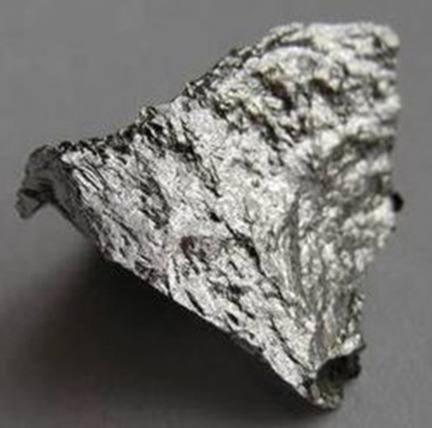“Indications point to the probability of a deposit which may prove almost inexhaustible.”—Cowichan Leader.
We can be forgiven, I suppose, if in our blind optimism we tend to think that humankind’s footprint, once made, is forever. So often, be it for good or for bad, that is in fact the case.
But not always. Sometimes human enterprise, for all its efforts and expense, just isn’t enough and nature gets to reclaim its own.
Take for example Hill 60, the ridge on the right side of Highway 18 as you enter Lake Cowichan. High above, there’s little to show for the efforts and investments of Merlin Douglas, Tom Service, C.H. Dickie and T.A. Wood besides a hole in the rockface and a small tailings pile.
So much for their manganese mine which, in 1919, was the only one of its kind in all of Canada. Hence their high hopes for three claims on Hill 60 (which they named for a First World War battle) as the producer of a mineral vital in the manufacture of steel and munitions, to name two, and available only through importation at great expense and at risk of interruption during hostilities.
It all started out well enough, a front-page story in the Aug. 14, 1919 Cowichan Leader trumpeting news of the first shipment of ore to a smelter in Tacoma after being hauled down the mountain on a newly-constructed road by horse and wagon, to go out on the E&N Railway. “Steady development of the property is now to be anticipated,” crowed the newspaper.
Three weeks later, it was reported that the B.C. Manganese Co. had shipped two carloads of ore and was shooting for two railcars per week. Eleven men were working on-site, a steam plant was under construction and a Nash Quad truck had been hired in place of the horses. Norman Butt, an army driver during the war, had the job of hauling the ore down the steep inclines to the railway tracks. (Even today, with power brakes, it’s a steep descent.) It had taken the Nash, equipped with four-wheel drive, 35 minutes to go up the hill with a 1,500-pound load. The return trip, with two-tons of ore, took Butt half an hour although this included his making two brief stops to record the historic occasion with a camera.)
Most work came to a temporary halt because of heavy November rains which acted as an incentive to management’s plans for an aerial tramway to the railway — only 3,000 feet vs. four miles by road. Each bucket would carry 1,500 pounds, the equivalent of a truckload. This had been the plan from the beginning but subject to the manganese deposit justifying the expense. This appeared to be the case, development work having shown that “the property is far better than was ever expected. There is no doubt now that a very large body of high grade manganese ore exists there.”
By this time 11 railcars of ore had been shipped and the Tacoma smelter reported itself as pleased with the ease with which the ore “acts in the furnace”. Hill 60’s manganese was, in fact, the best manganese ore they’d ever treated. Said the Leader: “Sufficient development has been effected to prove beyond doubt that a very large body of this ore exists. The actual extent to which this ore body may run may prove very great indeed. Indications point to the probability of a deposit which may prove almost inexhaustible. In any event the development of this property is a prime fact in the mining history of Cowichan.”
Noting that that there was a second manganese deposit in the Shaw Creek area, the newspaper anticipated “a large mining and allied undertaking [that will give] permanent employment to many and [add] to the wealth of the province”.
This appeared to be so as, within a month, it was reported that the Charter Lumber Co. proposed to build a mill just to the south of Hill 60, on the E&N line. Indeed it looked like smooth sailing for B.C. Manganese which, the following year, shipped 587 tons of ore averaging 50 per cent manganese and 19 per cent silica. At which point everything — stopped. What went wrong?
One factor was war’s end which meant that the ore was no longer considered to be of vital necessity. The mine site sat idle until 1937 when the old workings were cleaned out by students of a government subsidized mining training program. By then only two of the tramline towers remained standing and the wagon-truck road, which had also been subsidized by public money, was all but impassable.
So ended the only manganese mine in the country. Today, manganese is the fourth most widely used metal in the world. But of the five Canadian companies that mine manganese, all base their operations in Central and South America.
